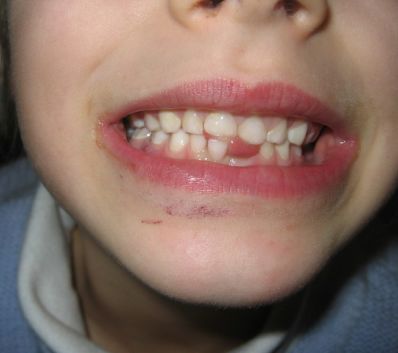Dental Implants – Why it is a Permanent Solution to Missing Teeth

Our teeth must last for a lifetime, but actually, they do not make it that far. Before implant restoration, dentures or traditional bridges used to replace missing teeth. Luckily, today we have a better option and can get dental implants. Flossing and brushing regularly helps in maintaining a healthy smile but sometimes our teeth unable to keep up due to change in lifestyle. If you have lost your teeth or tooth, dental implants McLean can help in restoring your smile as well as your oral health permanently.
Dental Implants
Basically, dental implants are artificial tooth roots. Usually, implants are made from titanium that is screwed into the jawbone below the gums that serves as an anchor for restorations that function and look like natural teeth. Partial dentures or bridges help in bridging the gap in the space created by missing teeth. With bridges, the missing teeth get replaced with artificial teeth and then supported by neighboring teeth with crowns. This is the most common method for replacing missing teeth but certainly not the best procedure. Missing teeth cause deterioration in jawbone thereby changing the natural shape of your jaw and face. However, when dental implants are combined with restorative treatments such as bridges, you will get a more stable solution for your missing teeth.
Who actually requires dental implants?
Dental implants McLean is used for those who have one or more teeth missing. It is convenient for patients as no extra maintenance is required, and implants do not come out. Your teeth will stay in their original position only. Implants are perfect for you if your missing teeth disrupt your natural eating, affect your appearance, cause discomfort or pain, and treated with partial dentures or traditional bridges. If you have missing teeth due to injury, tooth decay or disease, the safe method is implant restoration.
Benefits
Restored teeth will function and look like natural teeth. They are stable, strong, and no one will be able to identify the difference. The truth is, for restoring your tooth, dental implants are the best long-term solution. Over 90% of implants will work well beyond ten years and after that, it requires some adjustment. Although you need to clean them like your natural one, your restored teeth are not prone to cavities. Moreover, you need not feel embarrassed by slurred speech, missing teeth or partial dentures coming out. You can eat whatever food you wish to and lead a healthy lifestyle with implant restoration.
What you can expect with Implant Restoration
If the implant is the root, still some tooth restoration is required. Depending on the situation, restoration can happen in the form of dentures, bridge, or crown that is supported by a dental implant. Restoration of the implant takes much time than other methods and need several visits for full treatment. First, your medical history is checked and impressions are made so that a perfect model can be created of your gums and teeth. The first procedure is where titanium made implant is attached to your jawbone. An incision is made into the gums where the implant needs to be placed and then a tiny hole is created in the jaw. After the implant has been placed, the incision is closed. Now, you need to wait for some months so that the implant and the bone can fuse together. With this, you are done with the first procedure.
In the second procedure, the treatment is quite straightforward and quick. Simply, the top of the implants need to be exposed, and abutment has to be placed, the post which the patient’s restoration is affixed. After that, an impression is taken and then sent to the lab for making a perfect final restoration. After a few weeks, your gums will be healed fully and then the final piece is cemented in the mouth.
Now artificial roots are ready for serving as an anchor point, dentures, bridge, or a crown can be attached for forming a permanent restoration. In the final procedure, a test fit is done to ensure that everything is perfect and is done the right way; the restoration will then be affixed to the dental implant.
